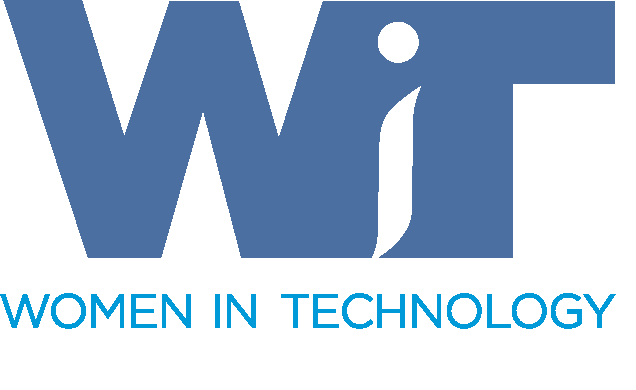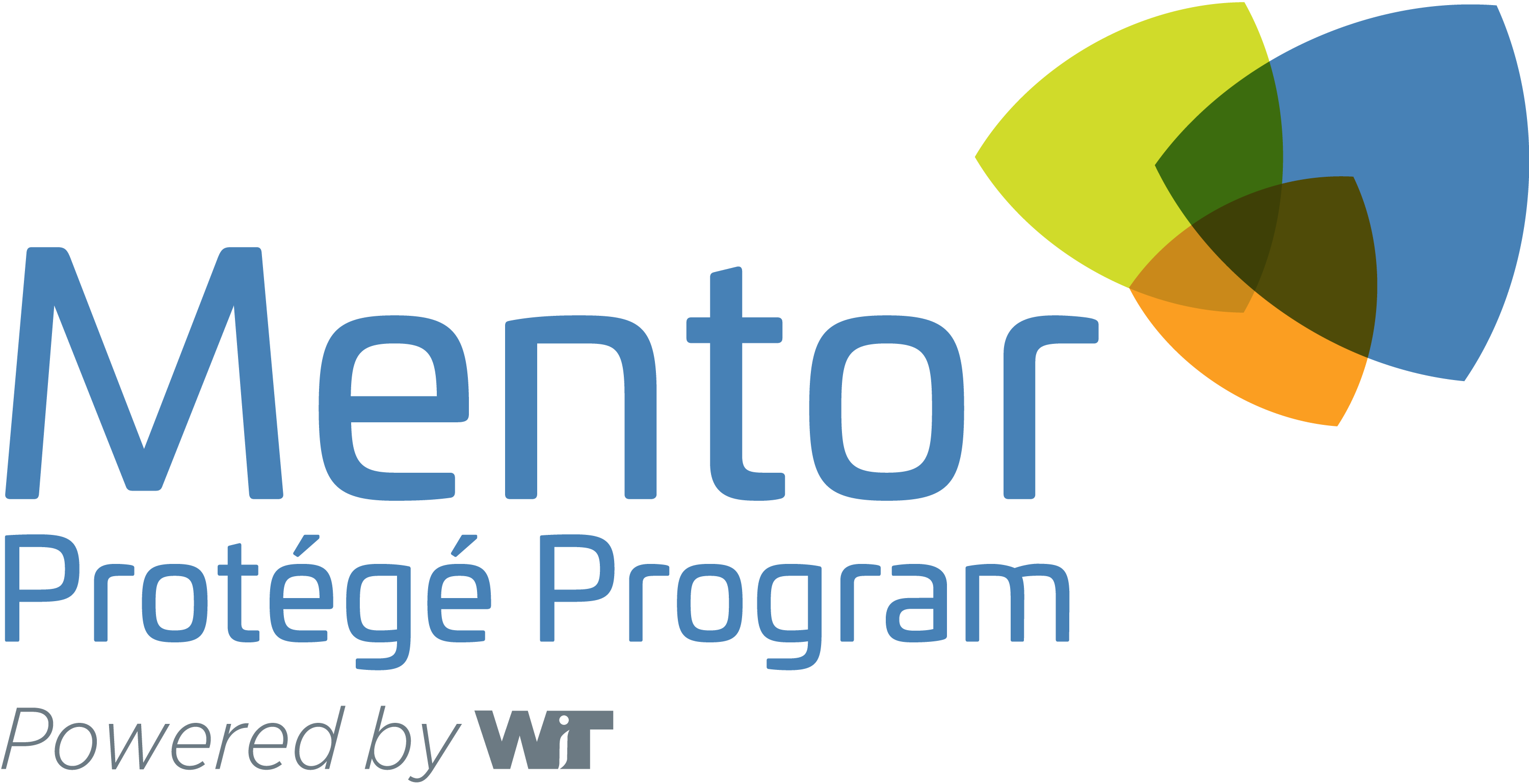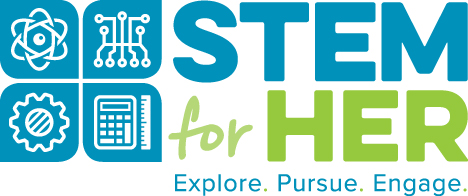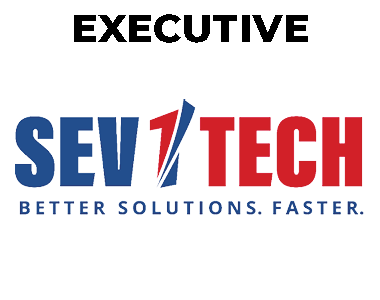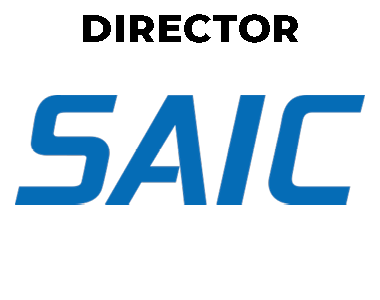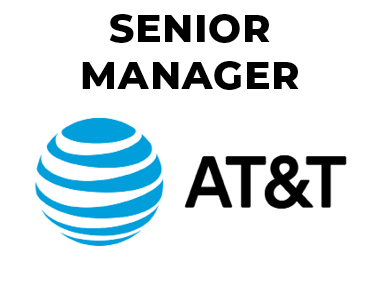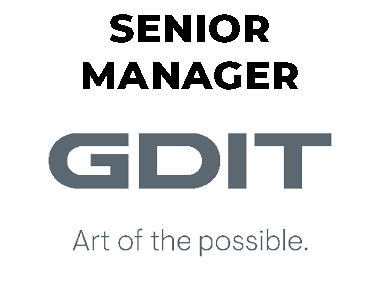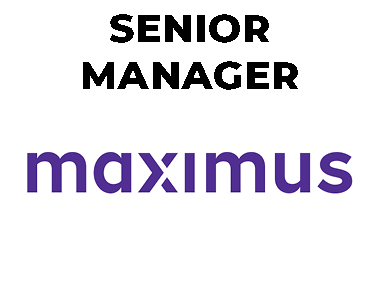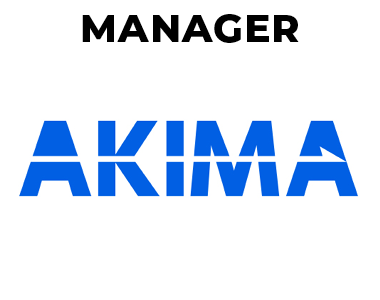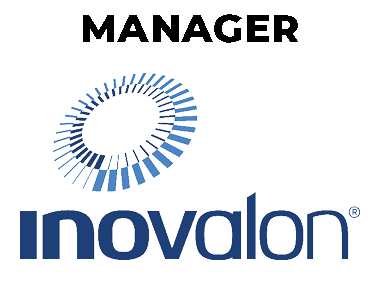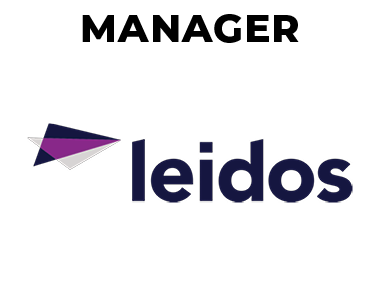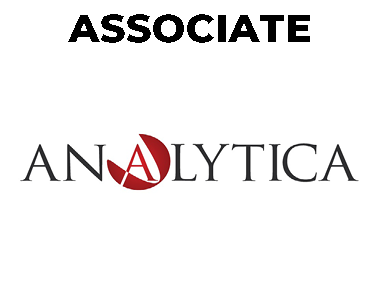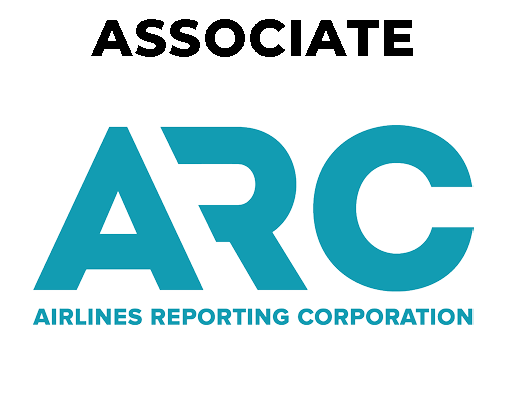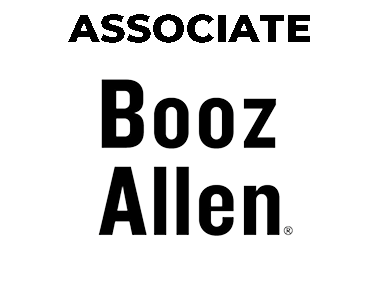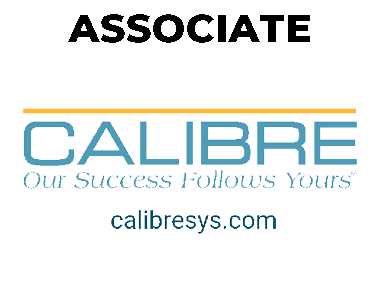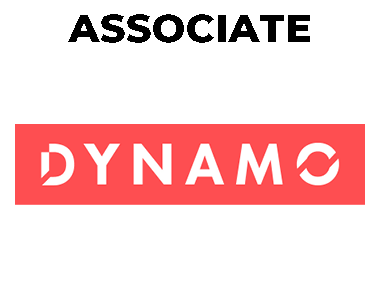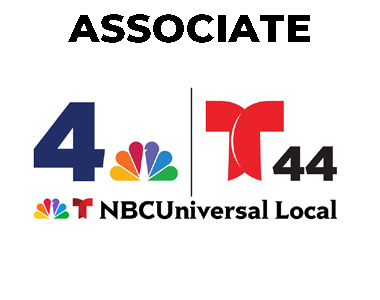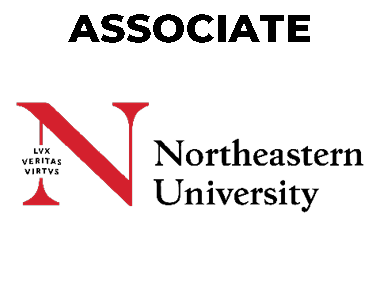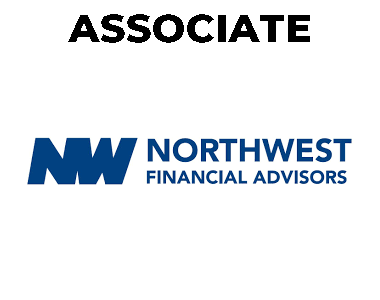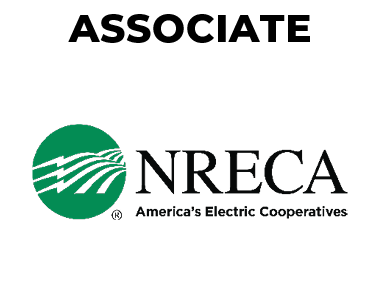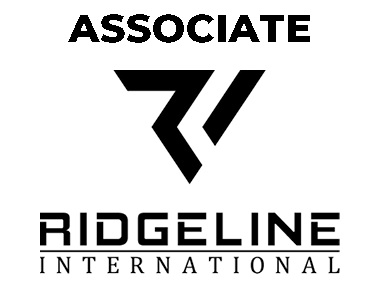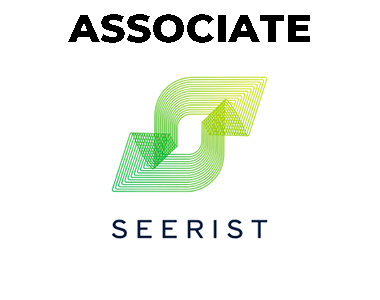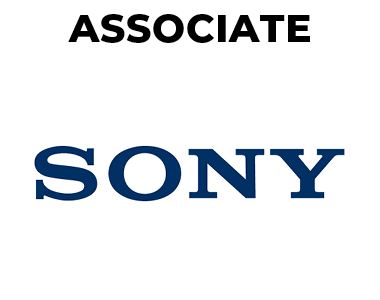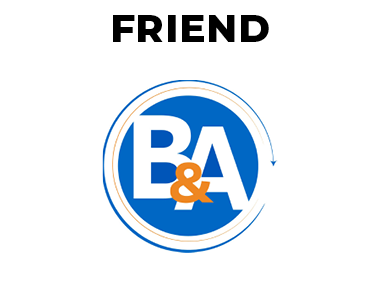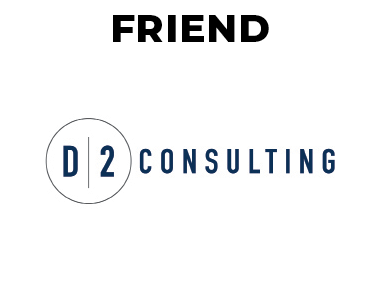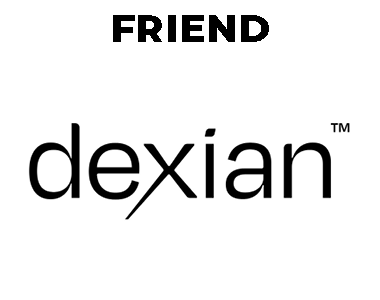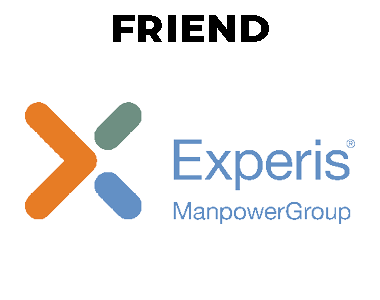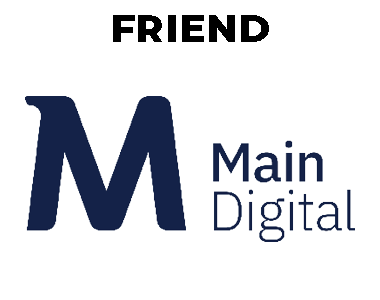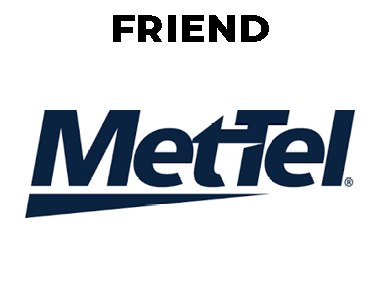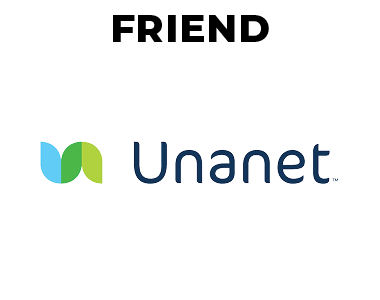Welcome to the WIT Women’s Business Owners Special Interest Group (WBO SIG) blog!
Category: Women Business Owners
May
26
The feedback for Tim’s session was great, and we appreciate him taking the time to share his insights about how to win Government funding to help grow your business. We asked him for a summary of his presentation. He sent a few tips for proposal writing and included some additional information at the links below. First the tips:
- Proposal writing is much like taking a written exam. First, read the question. If necessary reread it several times. Answer the question (proposal), clearly, precisely, understandably, completely, and with as much detail as required.
- The goal is for the readers to understand what you propose to do with as little time/difficulty on their part as possible. A hard to understand proposal … is a hard to fund proposal.
- The proposal should flow logically from one concept to another. Explain each concept “clearly, precisely, and understandably.” If several concept/ideas/products will be put together into a component or deliverable, explain how this “integrating” will be done after explaining the individual parts.
- If there are technical or programmatic risks to what you are doing, address how you will deal with those risks to minimize the Government’s risk. Ideally, move any risk reduction forward in the schedule; this avoids cataclysmic problems at the end. Do not try to hide the risk or hope the customer “will not see it.”
- Never underestimate the power of a figure or diagram to explain something better than a page of text. Sometimes a picture really is worth a thousand words.
- Facts work better than hyperbole. If your company is great or your employees are more highly trained, explain why this is true, don’t just claim it.
- Tailor your past performance section on every proposal, don’t just pull that section from the last proposal and recycle it.
- Write in “one voice.” Even if several people are collaborating, have one person go through and make everything read like one person wrote it because a “one voice” proposal is easier to read and looks far more professional.
- Pay special attention to the Executive Summary. It is your “elevator speech” to get them interested and keep them reading. If you wrote it early in the process, edit it last to ensure it reflects your final proposal and that it is as clear and compelling as possible.
- Plan your time; avoid the dreaded weekender or all-nighter; and above all, good luck!
We look forward to seeing you at Session 2 of our WBO SIG Spring into Action series, Protecting Your Business: The Nuts and Bolts of Navigating Contracts & Beyond, on May 31st!
Arti and Robin
Arti Varanasi, Chair, WBO SIG
Robin McDougal, Vice Chair, WBO SIG
